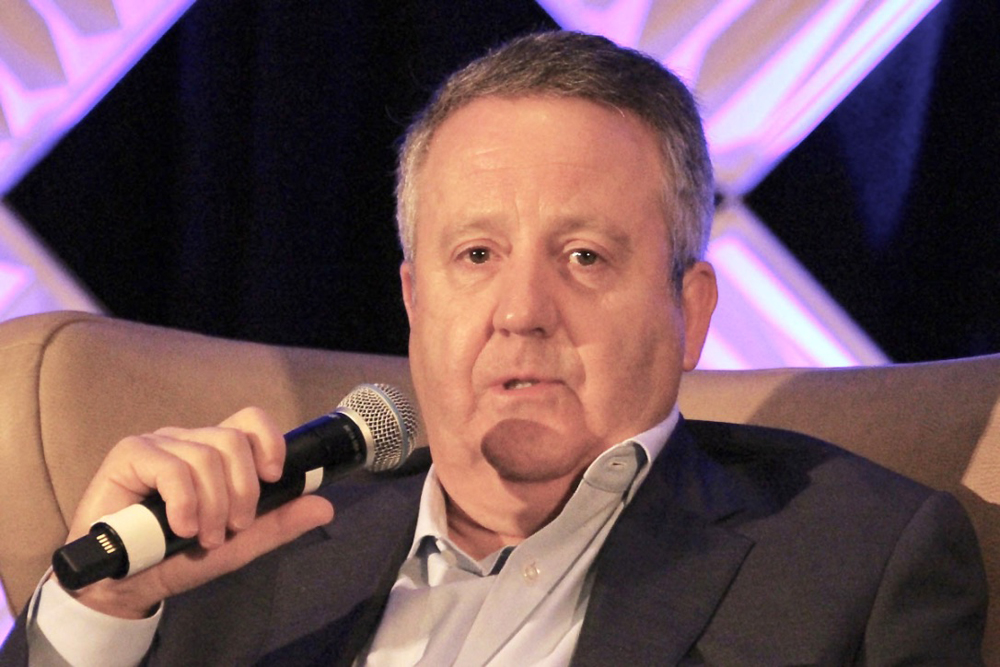
Trains Turntable: Commentary from Matthew K. Rose
Union Pacific and Norfolk Southern railroads have proposed a merger — what could possibly be wrong with a transcontinental railroad?
First, there exists no financial crisis in the rail industry, like that which drove the significant consolidation in the freight rail industry over the last 30 years. The proposed merger is driven by management and a micro-minority of activist stockholders, not for the benefit of shippers, employees, or even most investors.
Second, risk of merger integration and ongoing operational failures of a nationwide rail network is significant. Transcontinental railroads, given their size, are too big to run but not too big to fail.
Finally, the merger puts industrial and commodity shippers at a disadvantage — the very U.S. industries that President Donald Trump is seeking to promote. Let me explain.
Start with history. In the 1960’s the U.S. railroad industry had 40 Class I railroads, many in bankruptcy and all seriously underinvested. This was primarily due to a very archaic regulation structure in place governing railroad rates, routes and service. To address this President Jimmy Carter signed laws deregulating railroads, along with airlines and trucking.
In 1980, railroad deregulation ushered in a thirty-year period of necessary consolidation, as well as increased productivity, which expanded railroad margins and volume growth. This benefited shippers, employees and stockholders, as well as the country, because railroads invest significant private capital in their rights of way.
This “railroad renaissance” has been a massive success for America. It allows our domestically produced goods to go further into the global supply chain while creating and sustaining millions of high-paying manufacturing and distribution jobs.
The conditions that drove significant industry consolidation after deregulation do not now exist. On the contrary, these companies, and the rest of the Class I railroads, are financially healthy.
While previous railroad mergers brought us the safest and most efficient railroad system in the world, it wasn’t easy. One of the last of the large mergers was the Union Pacific-Southern Pacific merger in 1996, which brought the total number of Class I railroads down from more than 40 to seven. Shippers, communities, and other railroads (I was chief operating officer of BNSF at the time) went through prolonged hell as the Union Pacific sought to integrate the IT, operations and infrastructure of the Southern Pacific into its network. It was the “mess in the West.”
In 2001 the Surface Transportation Board, the railroad’s federal regulator, issued new merger rules. These rules require a demonstration that the merger’s benefits could not be achieved through less disruptive measures, such as marketing alliances or improved operational coordination, and require a proposed merger to enhance competition.
Under these rules, this proposed merger opens the door to significant changes to current rate and access doctrines (something Union Pacific and Norfolk Southern have lobbied against for years). The transaction would also drive additional railroad consolidation, a negative downstream effect that STB’s 2001 rules sought to prevent.
How would this proposed Union Pacific-Norfolk Southern merger affect shippers?
Most shippers fall into two categories: Those with no realistic transportation alternatives (like many chemical, grain, and industrial shippers) and those that have other options.
For example, intermodal shipments have access to trucking over the highway. The industrial and commodity shipper with no competitive transportation options is covered by railroad rate-making rules that essentially allow railroads to charge what the market will bear, and the STB can review rates and call balls and strikes.
If the proposed consolidation is approved, it will greatly reduce the transportation options for many of these industrial and commodity customers, the very shippers that President Trump’s manufacturing re-shoring agenda aims to help.
Proponents of the merger case will argue that eliminating gateways, the locations where freight is handed off between railroads, will move more traffic from the highway to the rail network. But intermodal networks — which move imported goods, from Asia and elsewhere — already are highly efficient and create little frictional delays at gateways.
The proposed merger is sure to generate political blowback.
Senate Majority Leader John Thune’s agricultural constituents back home in South Dakota will not be happy at the prospect of a reduced number of gateways for shipping their products.
House Speaker Mike Johnson’s constituents in the Louisiana chemical industry likewise hate the thought of being limited by further consolidation and concentration of fewer railroads.
The 2001 merger regulations have never been significantly tested, and the STB rightly should thoroughly review this proposed merger and its consequences. President Trump, who is no stranger to exercising influence over federal agencies, will have the ultimate decision on this merger. He will pay attention to the concerns of rail employees who have experienced the job losses from the past consolidation and have no interest in going along with another. And President Trump will understand that he needs to protect his large bet on bringing manufacturing jobs back to our country.
There is simply no need for this consolidation to move forward, and plenty of reasons why it should not.
Matthew K. Rose served as BNSF Railway’s CEO from 2000 through 2013 and retired as its executive chairman in 2019.






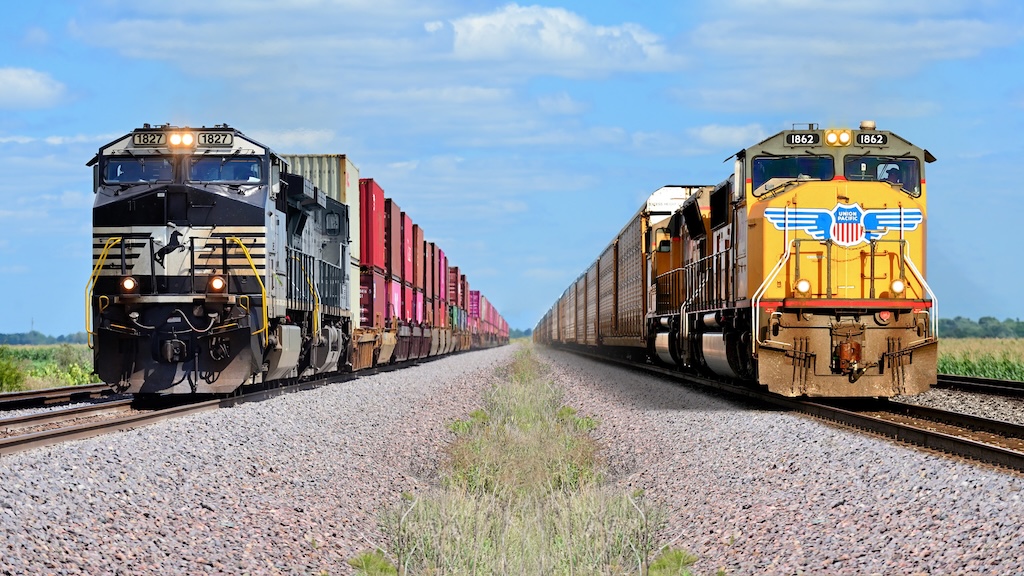
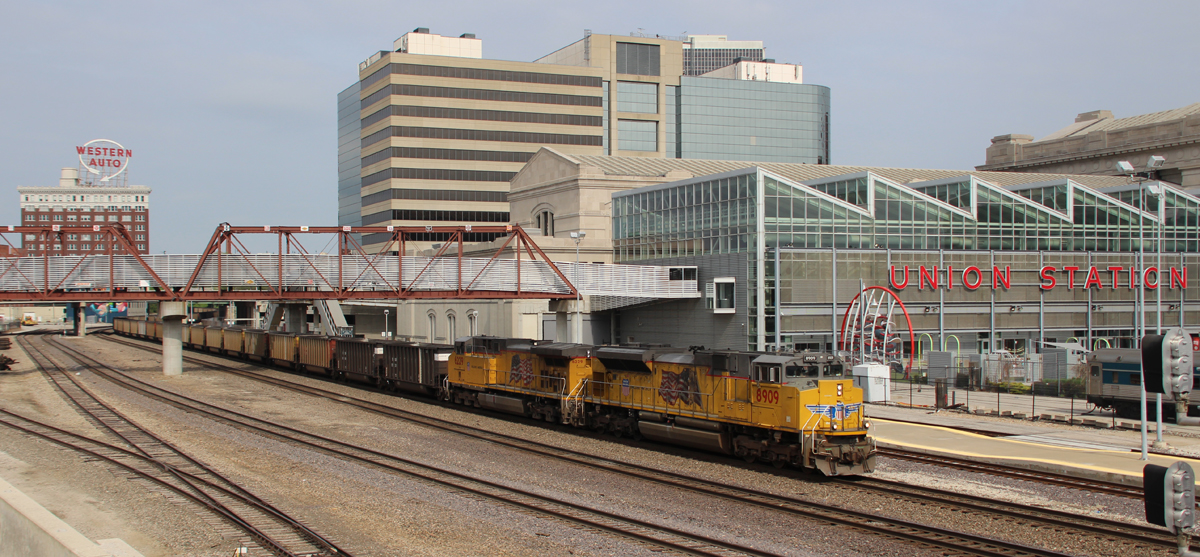
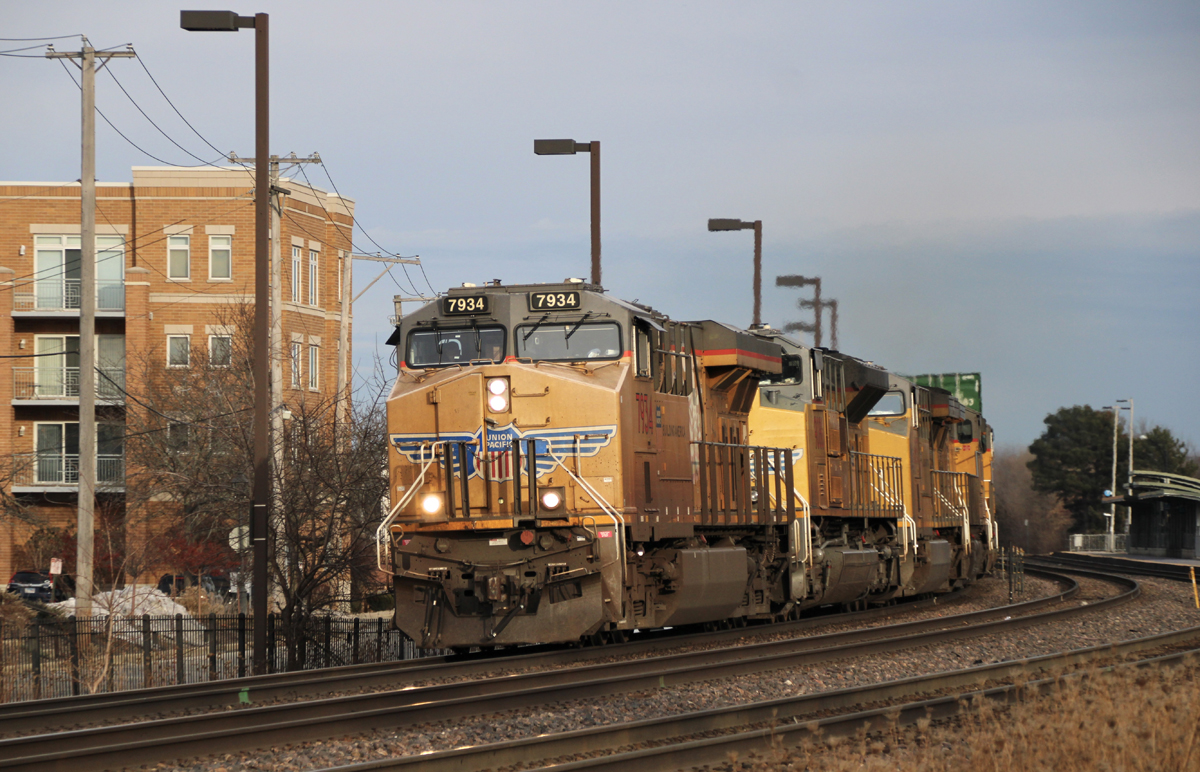

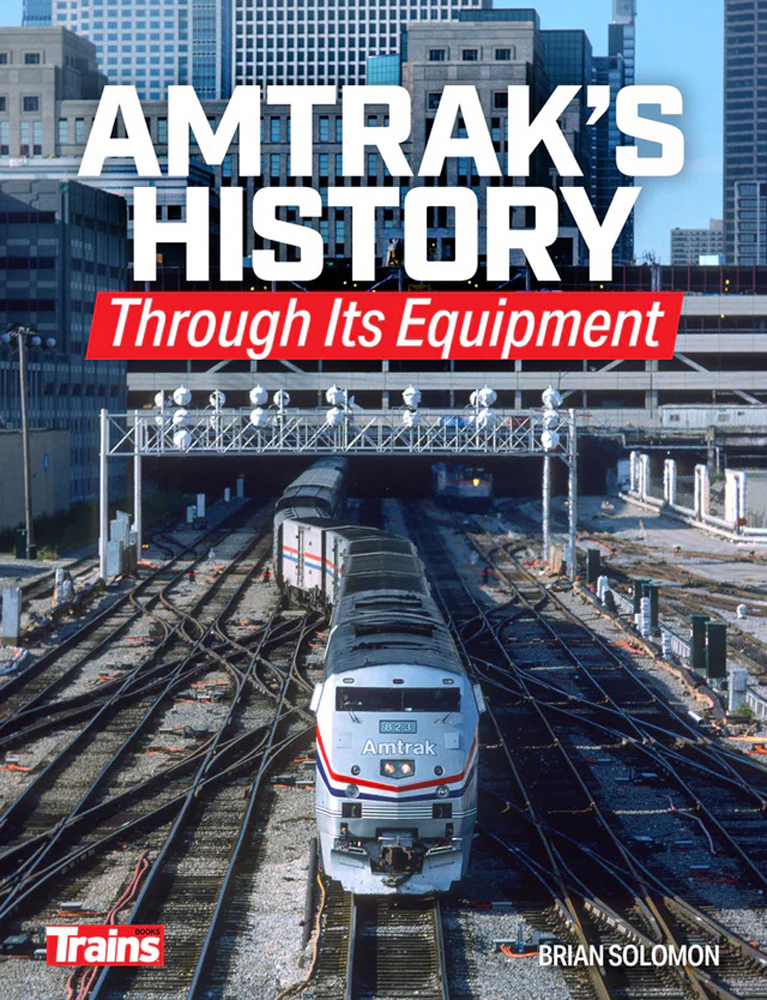
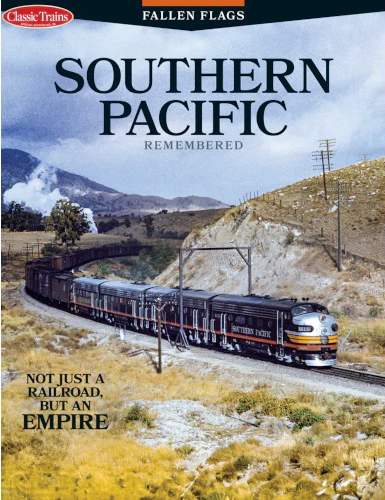
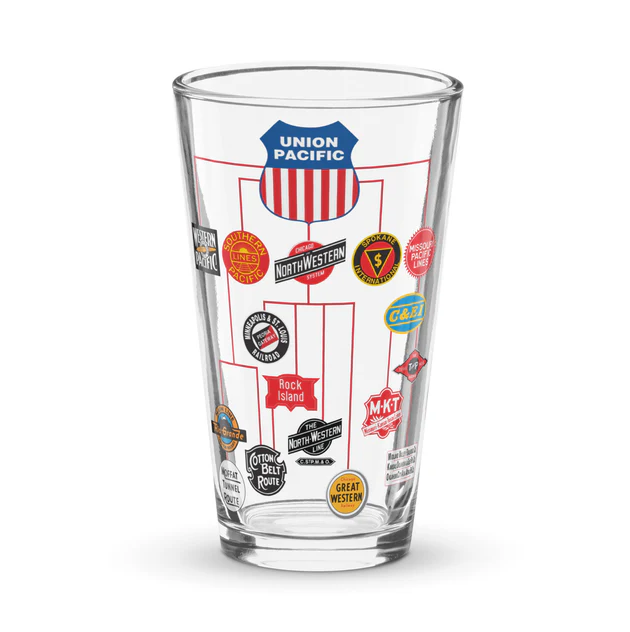
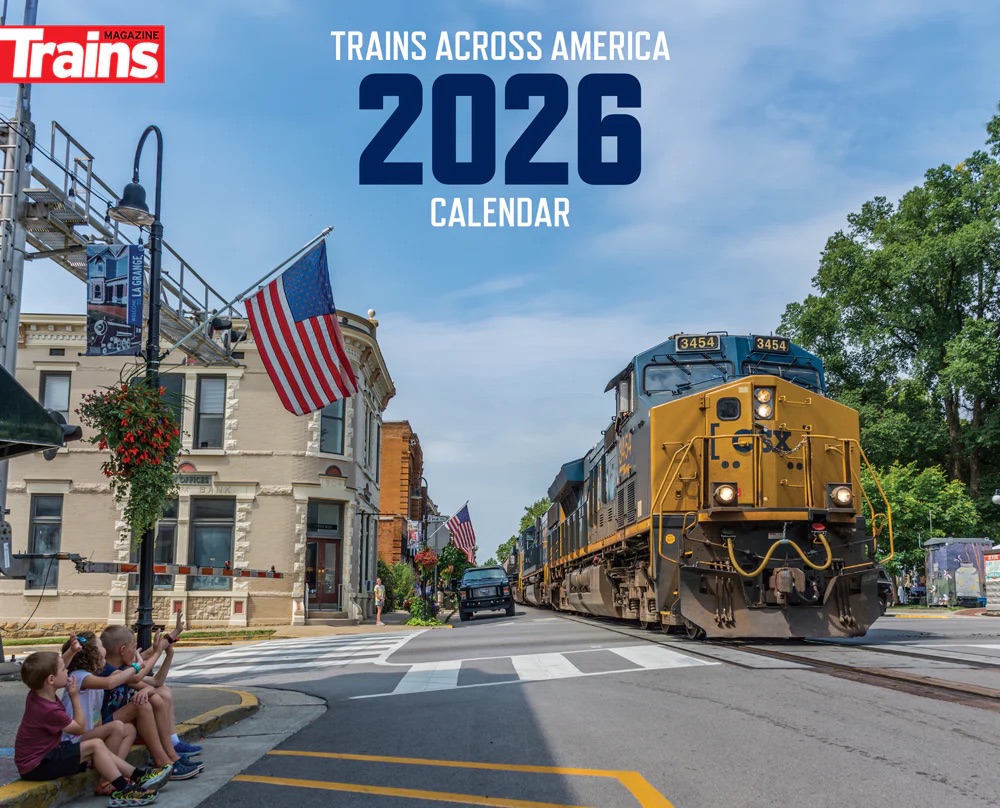
Apparently – according to the people who have commented here thus far – the only persons who should dare express opposition to this merger are people who have zero ties to BNSF, CSX, or any predecessor. Is the only authoritative voice allowed here Lance Fritz, etc?
Rose, I’m sure still owns a ton of stock in BNSF. He’s only thinking what is best for his pocketbook…
And what advantage do you stand to gain from this merger, Mr. Saunders? Do you have major holdings in NS or UP?
Rose worked for BNSF which will obviously be disadvantaged somewhat from this combination that is trying to form the first transcontinental railroad, BNSF has the option to ask CSX to dance but so far they’re not interested
As I recall, BN and Santa Fe were doing well when they proposed to become BNSF. In fact, Matthew Rose did well before and after the BN+ATSF merger. So I regret that this begs questions regarding his opposition.
For my part, I wish that we could have four or more “true transcons”, the better to protect our nation from a system(s) failure. We have “long memories” of the Northeast rail crisis of the 1970s. There were good reforms that came out of that crises, but the fixes weren’t cheap.
Well said… we will never cure any horrible diseases as long as we have a ton of excuses to just take the cash and study things to death. No one can tell me that Eli Lilly doesn’t already know all they need to know to get a cure for diabetes. But how could they monetize a cure… That is the 60 billion dollar question…
There are huge differences between how SP/UP happened and today.
SP was in financial distress, and hadn’t invested in the physical plant or their technology.
NS is hardly in the same shape. I’d also think 30 years of technology changes would come into play on a corporate integration.
It’s not unusual for the former CEO of a competitor to come out opposed to something that might benefit their previous adversary.
Wall Street and executives compensated with stock are the ONLY beneficiaries of consolidation. Customers, the public and environment are the lovers.
The only positive is consolidation makes nationalization easier in the future. Railroads should be a public asset and not a plaything for billionaires.
Yeah Gregg, so lets nationalize all of the rails and see how fast the government can make another Amtrak out of them. It can’t run a simple passenger model. What makes ANYONE think It could manage a national freight network. No one that knows how politics would screw it up FOREVER… It would be great for the farmer though. He could put a calf on a train and by the time it got where it was going it would be full grown and someone else would have had to pay to keep it fed. Wonderful…